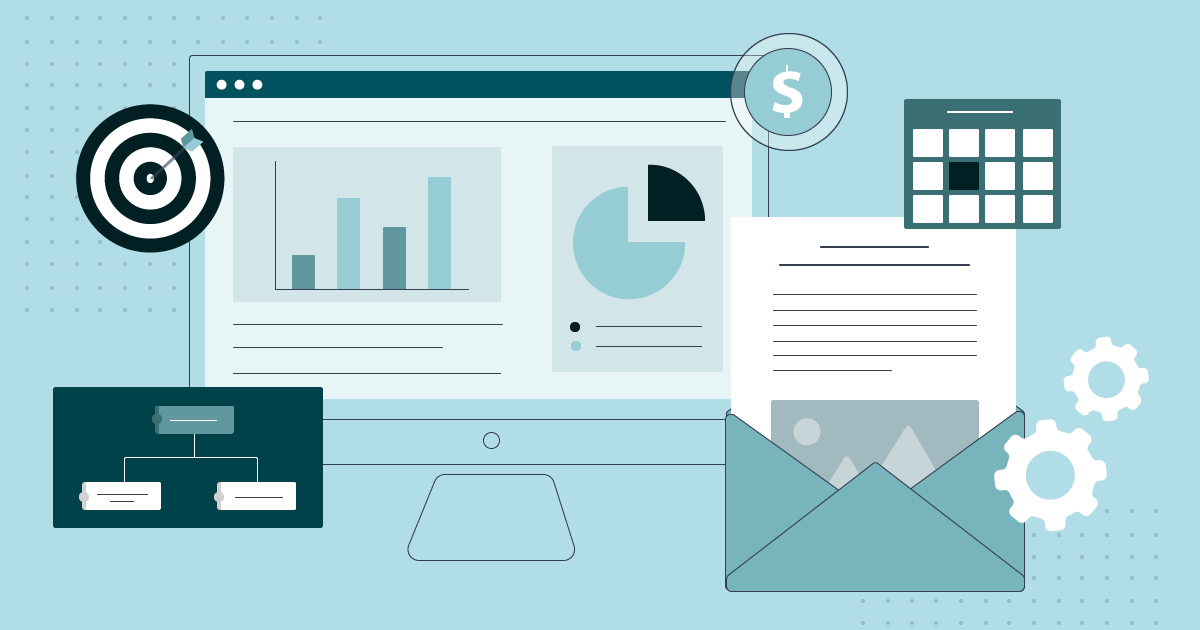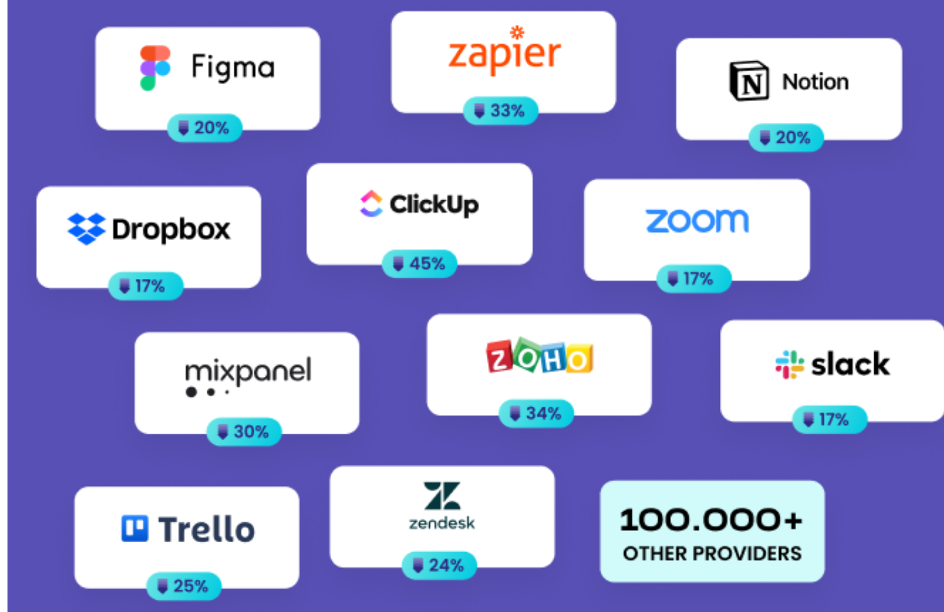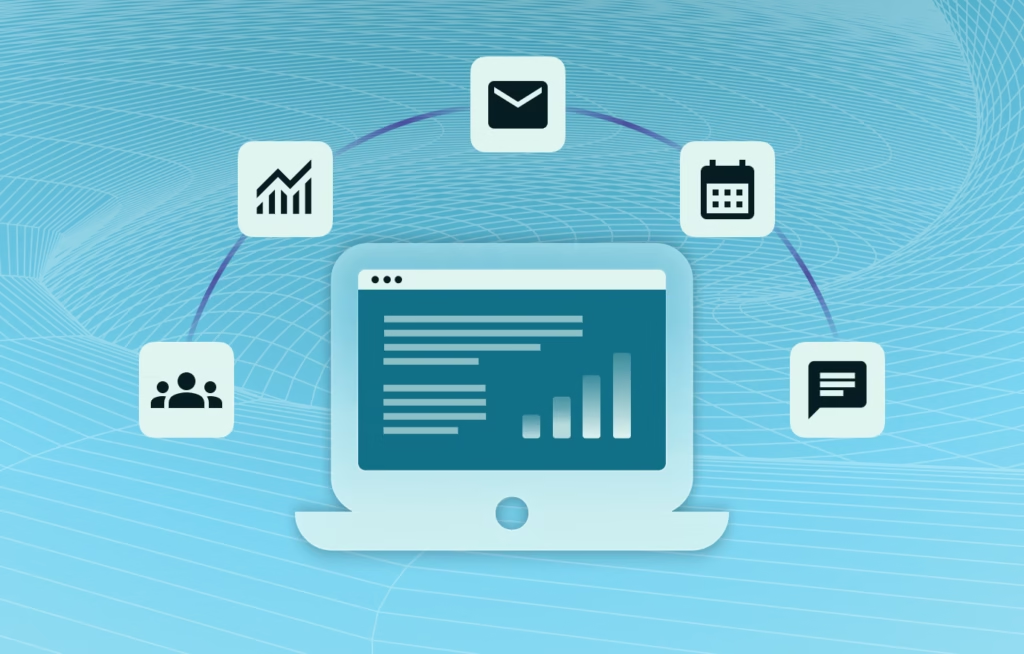Introduction to SaaS Tools
In the rapidly evolving digital landscape of 2025, Software as a Service (SaaS) tools have become indispensable for businesses aiming to stay competitive and efficient. These cloud-based solutions offer a wide array of applications delivered over the internet, eliminating the need for complex software and hardware management. The SaaS model has revolutionized how companies approach their technological needs, providing greater scalability, automatic updates, and seamless access – all critical factors in today’s fast-paced market environment.
What is SaaS?
SaaS, or Software as a Service, refers to a software distribution model where applications are hosted by a vendor or service provider and made available to customers over the internet. This model has gained immense popularity due to its cost-effectiveness, flexibility, and ability to enable users to access sophisticated applications without the need for complex installation or maintenance processes.
Unlike traditional software that requires installation on individual computers or servers, SaaS operates on a subscription basis. Users can access the software through web browsers, making it incredibly convenient for businesses of all sizes. This accessibility has been a game-changer, especially in the wake of the global shift towards remote and hybrid work environments.
Benefits of Using SaaS Tools
The adoption of SaaS tools brings numerous advantages to businesses. Here are some key benefits:
- Cost Efficiency: SaaS significantly reduces upfront and operational costs by eliminating the need for physical infrastructure and ongoing maintenance.
- Scalability: These tools are easily scalable, allowing businesses to adjust their subscriptions as they grow or as needs change.
- Accessibility: SaaS applications are accessible from anywhere with an internet connection, facilitating improved collaboration and productivity, especially in remote working setups.
- Automatic Updates: Users benefit from continuous improvements and updates without any service interruption or manual intervention.
- Enhanced Security: SaaS providers typically invest heavily in security measures, often surpassing what individual businesses can implement on their own.
- Integration Capabilities: Many SaaS tools offer robust APIs and integration options, allowing for seamless connection with other software and systems.
As we delve deeper into the world of SaaS tools, it’s important to understand that the right combination of these tools can transform your business operations, leading to significant enhancements in efficiency, productivity, and agility.
Categories of SaaS Tools
The SaaS tools landscape is vast and diverse, catering to various business needs. Let’s explore some of the most crucial categories and popular tools within each:
1. Productivity and Collaboration Tools
In the age of remote and hybrid work, productivity and collaboration tools have become the backbone of many organizations. These tools are designed to enhance team collaboration and individual productivity, proving indispensable in modern work environments.
a. Project Management Software
Examples: Trello, Asana, Monday.com, ClickUp
Trello is renowned for its simplicity and efficiency. It uses boards, lists, and cards to help organize tasks and projects, making it ideal for visual thinkers and teams that prefer a more intuitive approach to project management.
Asana offers robust features for tracking project progress, managing workflows, and facilitating team collaborations. It’s particularly useful for businesses that handle multiple complex projects simultaneously.
Monday.com has gained popularity for its versatile and customizable interface. It allows teams to create workflows that suit their specific needs, making it adaptable to various industries and project types.
ClickUp is a newer entrant that’s making waves with its all-in-one project management approach. It combines features from various tools, aiming to be a comprehensive solution for task management, document sharing, and team collaboration.
b. Communication Platforms
Examples: Slack, Microsoft Teams, Zoom
Slack has revolutionized workplace communication with its powerful platform for real-time messaging, file sharing, and integration with a variety of plugins to streamline workflows. Its channel-based messaging system allows for organized conversations and easy information retrieval.
Microsoft Teams is perfect for businesses already using Microsoft products. This tool facilitates video conferencing, file sharing, and project collaboration, all within the familiar Microsoft ecosystem.
Zoom has become synonymous with video conferencing, especially since the global shift to remote work. Its ease of use and reliable performance have made it a go-to choice for virtual meetings, webinars, and online events.
2. Sales and Marketing Tools
Sales and marketing tools play a crucial role in driving engagement, conversions, and customer retention. In 2025, these tools have become even more sophisticated, leveraging AI and machine learning to provide deeper insights and more personalized customer experiences.
a. Customer Relationship Management (CRM)
Examples: Salesforce, HubSpot CRM, Pipedrive
Salesforce remains a leader in the CRM space, known for its comprehensive solution for managing customer interactions and sales tracking. Its extensive customization options and wide range of integrations make it suitable for businesses of all sizes.
HubSpot CRM offers a free-tier CRM that helps manage contacts and track leads effectively. It’s particularly popular among small to medium-sized businesses due to its user-friendly interface and integration with HubSpot’s marketing tools.
Pipedrive is designed with sales teams in mind, focusing on visualizing the sales pipeline and making it easy to track and close deals. Its intuitive interface and customizable fields make it a favorite among sales professionals.
b. Marketing Automation Platforms
Examples: Mailchimp, Marketo, ActiveCampaign
Mailchimp has evolved from a simple email marketing tool to a comprehensive marketing platform. It simplifies email marketing through intuitive templates and powerful analytics for campaign performance. In 2025, Mailchimp has expanded its AI capabilities, offering predictive analytics for better campaign targeting.
Marketo, now part of Adobe, provides advanced solutions for lead management and marketing automation. It’s particularly crucial for larger enterprises that require sophisticated multi-channel marketing capabilities.
ActiveCampaign stands out for its powerful automation features combined with a user-friendly interface. It’s particularly strong in email marketing and customer experience automation, making it a favorite among growing businesses.
3. Financial Management Tools
Finance-focused SaaS tools help streamline handling accounting, taxes, and financial planning. In 2025, these tools have become more intelligent, offering predictive analytics and real-time financial insights.
a. Accounting Software
Examples: QuickBooks, Xero, FreshBooks
QuickBooks remains popular for its comprehensive accounting solutions tailored for small to mid-sized businesses. Its cloud-based version offers real-time financial reporting and has expanded its AI capabilities for more accurate financial forecasting.
Xero offers a clean interface and is particularly advantageous for businesses with international operations due to its multi-currency capabilities. In 2025, Xero has enhanced its machine learning algorithms to provide more accurate bank reconciliations and expense categorizations.
FreshBooks caters to freelancers and small businesses with its user-friendly interface and robust invoicing features. It has expanded its service offerings to include more advanced financial reporting and tax preparation assistance.
b. Invoicing and Payment Processing
Examples: Stripe, Square, PayPal
Stripe facilitates online transactions and is known for its security and ease of integration with various platforms. In 2025, Stripe has expanded its services to include more comprehensive financial services for businesses, including lending and financial management tools.
Square provides convenient solutions for point of sale systems, favored by small businesses and retailers. It has expanded its ecosystem to include more robust e-commerce solutions and financial services for small businesses.
PayPal continues to be a popular choice for online payments, especially for international transactions. Its integration with various e-commerce platforms and focus on consumer protection makes it a trusted option for businesses of all sizes.

Selecting the Right SaaS Tools for Your Business
Choosing the right SaaS tools for your business is crucial for maximizing efficiency and return on investment. Here’s a comprehensive guide to help you make informed decisions:
Identify Needs and Objectives
Before diving into the vast sea of SaaS options, it’s essential to clearly define your business needs and objectives. Ask yourself:
- What specific challenges is your business facing?
- Which processes need improvement or automation?
- What are your short-term and long-term business goals?
- How will these tools align with your overall business strategy?
By answering these questions, you can create a prioritized list of requirements that will guide your search for the most suitable SaaS tools.
Evaluate and Compare Options
Once you’ve identified your needs, it’s time to research and compare available options. Here are some key factors to consider:
- Features: Does the tool offer all the functionalities you need? Are there any unique features that set it apart from competitors?
- Pricing: Consider not just the initial cost, but also potential expenses as you scale. Look for transparent pricing structures without hidden fees.
- User Support: What kind of customer support does the provider offer? Are there resources available for self-help and training?
- Integration Capabilities: Can the tool integrate seamlessly with your existing systems and other SaaS tools you use?
- Security and Compliance: Ensure the tool meets industry standards for data security and complies with relevant regulations (e.g., GDPR, HIPAA).
Don’t hesitate to reach out to sales representatives for demos or detailed information. Many SaaS providers offer personalized demonstrations tailored to your business needs.
Consider Scalability and Future Needs
While it’s important to address your current needs, it’s equally crucial to think about the future. Consider:
- How well can the tool scale with your business growth?
- Does the provider regularly update the tool with new features?
- Is the tool flexible enough to adapt to potential changes in your business model or industry?
Choosing a scalable solution can save you the hassle and cost of switching tools as your business expands.
Test and Gather Feedback
Before committing to a SaaS tool, take advantage of free trials or demo versions. This hands-on experience is invaluable in assessing the tool’s user-friendliness and effectiveness in real scenarios.
Involve key team members in the testing process and gather their feedback. Consider aspects like:
- Ease of use and learning curve
- How well the tool addresses specific pain points
- Any limitations or frustrations encountered during use
This collaborative approach ensures that the chosen tool will be well-received and effectively utilized across your organization.
Implementing SaaS Tools in Your Organization
Successfully implementing SaaS tools requires careful planning and execution. Here’s a guide to ensure a smooth transition:
Develop an Implementation Strategy
Create a comprehensive plan that outlines:
- Timeline for implementation
- Resources required (both human and financial)
- Key milestones and success metrics
- Potential risks and mitigation strategies
Involve stakeholders from different departments to ensure the plan addresses diverse needs and concerns.
Data Migration and Integration
If you’re transitioning from an existing system, plan carefully for data migration. Consider:
- Data cleaning and formatting requirements
- Testing the migration process with a small subset of data
- Ensuring data integrity and security during the transfer
For integration with existing tools, work closely with your IT team or the SaaS provider’s support to ensure smooth connectivity and data flow between systems.
Training and Change Management
The success of any new tool largely depends on user adoption. Develop a comprehensive training program that includes:
- Role-specific training sessions
- Documentation and user guides
- Ongoing support channels for user questions
Address potential resistance to change by communicating the benefits of the new tool and how it aligns with organizational goals.
Monitor and Optimize
After implementation, continuously monitor the tool’s performance and user adoption. Regularly collect feedback and be prepared to make adjustments. Consider appointing « power users » who can act as internal champions and provide peer support.

The Future of SaaS Tools
As we look ahead in 2025, several trends are shaping the future of SaaS tools:
AI and Machine Learning Integration
Artificial Intelligence (AI) and Machine Learning (ML) are becoming increasingly integrated into SaaS tools, offering:
- Predictive analytics for better decision-making
- Automated data processing and insights generation
- Personalized user experiences
For example, CRM tools are using AI to predict customer behavior and suggest personalized marketing strategies.
Enhanced Mobile Capabilities
With the continued rise of remote work, SaaS tools are focusing on enhancing their mobile capabilities. This includes:
- Fully functional mobile apps with offline capabilities
- Responsive design for seamless cross-device experiences
- Mobile-specific features like voice commands and augmented reality integrations
Increased Focus on Data Privacy and Security
As data breaches become more sophisticated, SaaS providers are prioritizing security features:
- Advanced encryption methods
- Multi-factor authentication as standard
- Compliance with evolving data protection regulations
Integration and Ecosystem Development
SaaS tools are moving towards creating comprehensive ecosystems:
- More robust APIs for easier integrations
- Marketplaces for third-party add-ons and extensions
- Cross-platform compatibility to create seamless workflows
This trend allows businesses to create custom tech stacks that perfectly fit their unique needs.
Conclusion: Maximizing the Use of SaaS for Business Gains
As we’ve explored in this comprehensive SaaS tools list, the right combination of software can significantly transform your business operations. From enhancing productivity and streamlining communication to optimizing sales processes and financial management, SaaS tools offer a world of possibilities for businesses of all sizes.
Remember, the key to success lies not just in selecting the right tools but in implementing them effectively and continuously evaluating their performance against your business objectives. Stay informed about updates and new tools in the SaaS ecosystem to maintain a competitive edge.
As you embark on your SaaS journey, keep these final tips in mind:
- Regularly reassess your tool stack to ensure it continues to meet your evolving needs
- Encourage a culture of continuous learning and adaptation within your organization
- Balance the benefits of new technologies with the need for data security and privacy
- Look for opportunities to leverage AI and automation to further enhance efficiency
By thoughtfully selecting and implementing SaaS tools, you’re not just adopting new software – you’re embracing a new way of working that can propel your business forward in the dynamic digital landscape of 2025 and beyond.
